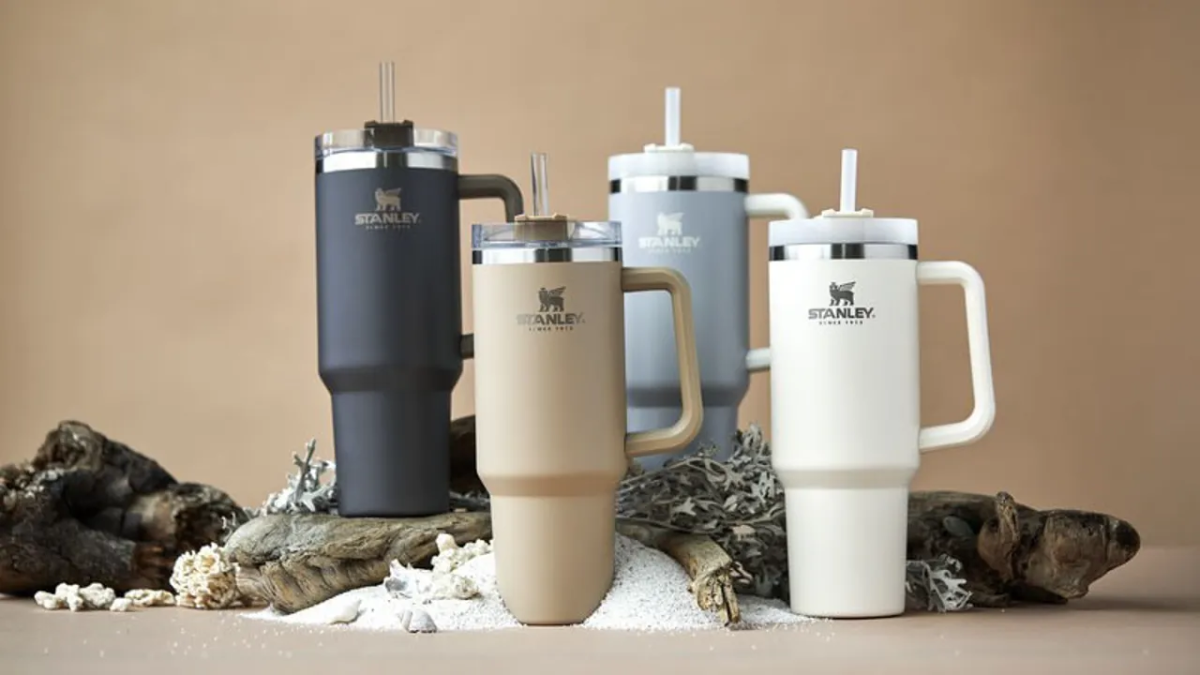Today, let’s talk about Stanley-brand travel tumblers, misinformation, and whether or not handing laboratory-grade spectrometers to TikTok moms is a good idea.
See, in 2023, these videos started to pick up steam on social media, claiming that Stanley cups ⏤ the ones that you sneak scotch into work in, not the ones you get for being pretty good at hockey ⏤ are positively lousy with lead. Lead, while undeniably delicious, is also famously bad for your health, causing potentially debilitating changes in mental and physical development when ingested, and severe internal and external damage when fired into the body in the form of a musket ball. People were, and are, concerned.
Is there lead in Stanley cups, or isn’t there? Could there be, if you, like millions of Americans, “just don’t feel well fed/’til you’ve sipped on some lead?”
Stanley mugs: Complicated news for lead lovers
In the above video ⏤ one of a pair posted by @leadsafemama_2022 on TikTok ⏤ a Stanley mug is tested for lead using a handheld X-ray fluorescence device. The conclusion: that thing is lousy with lead, with readings coming in at a chilling 270,000 parts per million. A second test on the channel using a disposable chemical test also came up positive for lead.
Now, eagle-eyed viewers will notice that neither test was conducted on the inside of the cup, where your special secret pre-shift schnapps lives. That lines up with Stanley’s recent response to this video and others like it, in which the company’s reps told WCNC in Charlotte, North Carolina that everything was, and is, so cool.
“Please rest assured that no lead is present on the surface of any Stanley product that comes in contact with you or the contents of your container,” they wrote, acknowledging that their products are sealed “with an industry-standard pellet that includes some lead,” but assured consumers that the leadier parts of their product were fully encased in steel, and would never, ever come into contact with their cocoa. Basically, “yes, there’s lead in these, but it’s safe behind a layer of nontoxic stainless steel, and besides, everybody’s doing it.”
This lines up with the fact that @leadsafemama_2022 was only testing an exposed section of the inside layer of the bottom of her Stanley mug.
For now, fans of the taste of smooth, refreshing Pb will have to split their Stanley mugs open with a sledgehammer, or do things the old fashioned way and drink a gallon of pre-war house paint in the morning.
